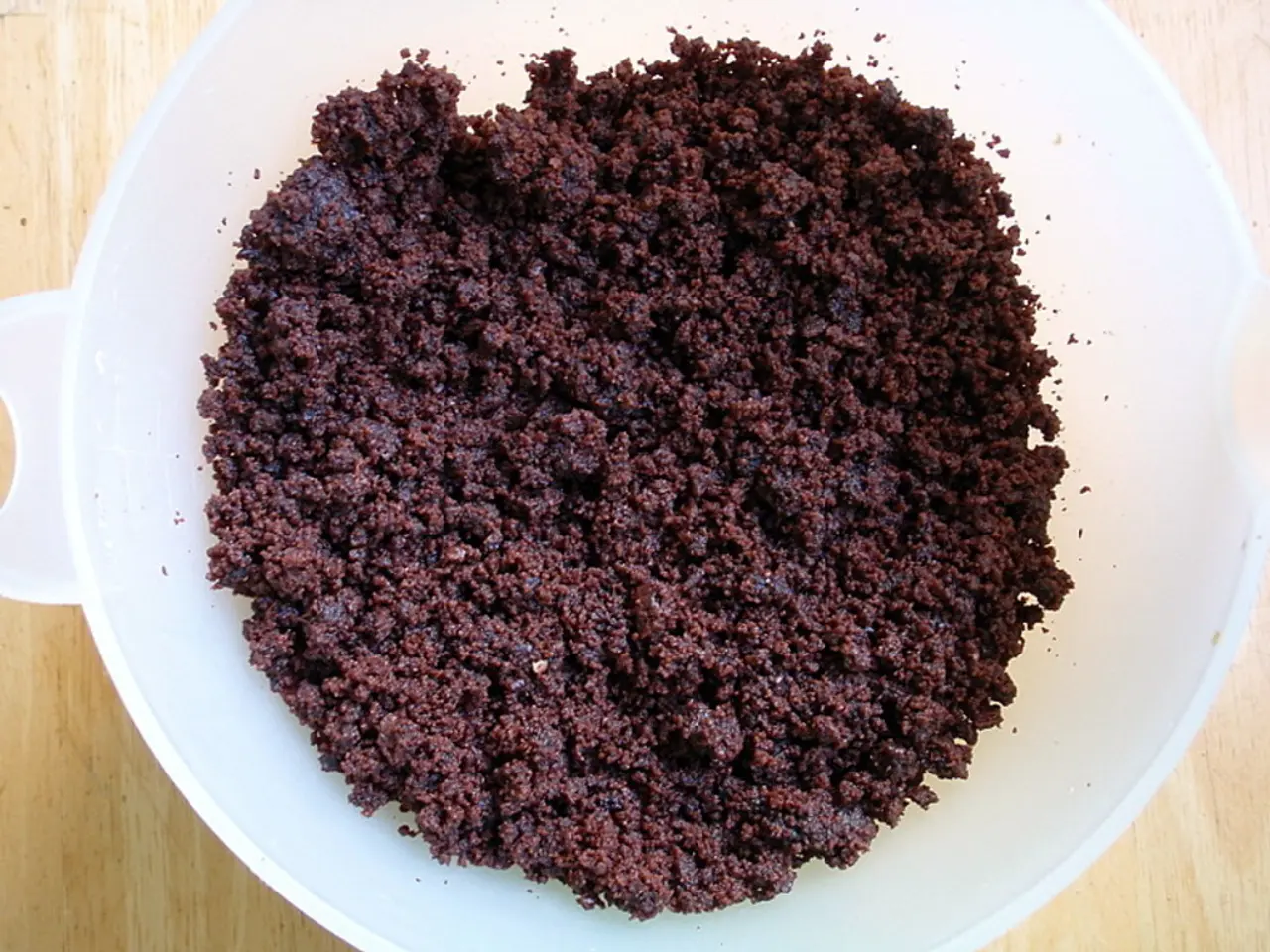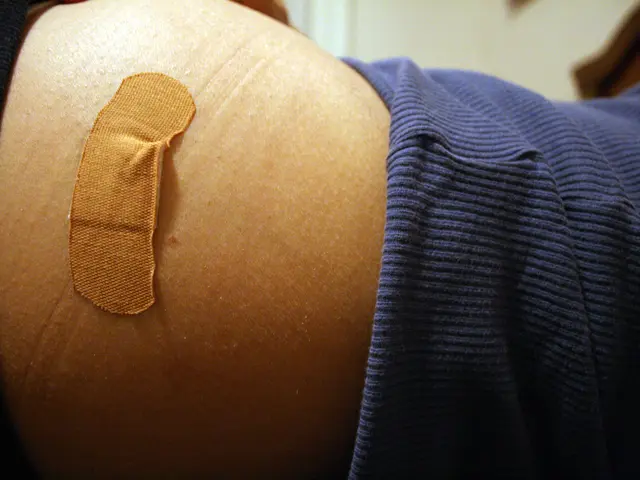Oral Cholecystogram: A Rarely Used Gallbladder Imaging Tool
An oral cholelithiasisogram, a once-popular procedure for gallbladder imaging, is now rarely used. It involves consuming an iodine-based contrast agent and undergoing an X-ray while awake. Though typically painless, it may cause temporary symptoms like diarrhea or nausea.
The oral cholelithiasisogram, an X-ray exam of the gallbladder, was once the primary diagnostic tool for gallbladder issues. It uses an iodine-based contrast agent to make the gallbladder more visible. This procedure can detect cholelithiasis, inflammation (cholecystitis), and polyps. However, it is now largely replaced by non-invasive methods like abdominal ultrasound, CT scan, or MRCP (magnetic resonance cholangiopancreatography).
Preparation for an oral cholelithiasisogram includes a low-fat diet and taking six pills of the contrast agent medication at specific intervals. The procedure can help diagnose gallbladder cancer or bile flow issues. Results guide necessary treatments, such as medications or surgery. Risks include mild temporary symptoms and, rarely, severe allergic reactions like anaphylaxis.
Though once common, the oral cholelithiasisogram has been largely superseded by more modern, non-invasive imaging techniques. It remains a useful tool in certain circumstances, providing valuable insights into gallbladder health and guiding appropriate treatments.
Read also:
- FDA's Generic Mifepristone Approval Sparks Pro-Life Concerns Over Safety and States' Rights
- Understanding Child Development: Causes and Signs of Delays
- Pope Francis' New Book 'Let Us Dream' Offers Unity and Hope for Post-Covid World
- Stephanie Estremera Gonzalez: From Medical Assistant to Residential Manager at The Point/Arc








